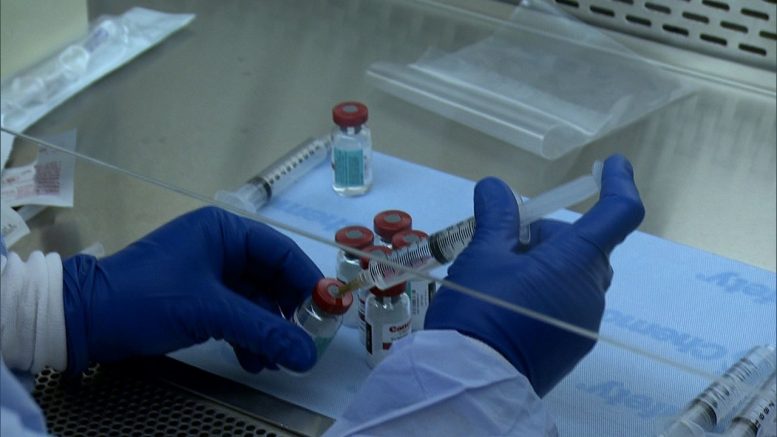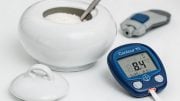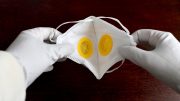The federal government is changing its master plan regarding all the disasters, after the impact of Hurricane Katrina, which impacted Louisiana in 2005. Local hospital emergency departments and pharmacies have dealt with a huge amount of requests for medications refills. So, there was a plan developed for processing the unforeseen necessity for regular prescription refills by a lot of evacuees.
After four years within the Federal Emergency Management Agency (part of the Department of Homeland security), National Disaster Medical System (NDMS) returned to the Department of Health and Human services.
Commander Michael P. Bourg (chief pharmacy officer, Health and Human Services’ Office of Preparedness and Emergency Operations) said the National Pharmacist Response Team program was transitioning to another, new program. Now Commander Bourg is looking for volunteers to deploy the new program.
Also, Bourg said the new program, which is unnamed at the moment and doesn’t have a specific structure will assist the government to be prepared for different disasters, including different security events, hurricanes, earthquakes tsunamis and other.
The original program of National Pharmacist Response Team was developed and run in 2002. It was designed and deployed as regionally unites. In the case of emergencies, those units helped with patient education, administering and delivery chemoprophylaxis and vaccines to millions of United States citizens.
New mission requirement
Bourg also said they redefined pharmacies participation in order to help NPRT to achieve their mission requirements. On the same time, one of the National Logistics Team leaders, Lee Joffee, reported to commander Michael P. Bourg’s office about evolving dramatically the role of pharmacies in National Disaster Medical System after the impact of Hurricane Katrina. Lee Joffee has deployed the program to Texas, Hawaii, North Dakota, Columbia District, Samoa, Puerto Rico and Guam.
For the shorten the time for any disaster response, the Office of Preparedness and Emergency Operations prepared medications and pharmaceutical kits for pharmacies located in areas of the highest disaster risks, as Bourgh said. This kind of activity will be the new role for the new team.
Commander Bourg said they had pharmacists and other technicians that will deploy near the “risk areas” and will help in getting caches, medical supplies, and kits to the disaster region. There are about 300-350 different kinds of products in each cache, so a Disaster Medical Assistance Team will have all the pharmaceuticals needed for an assistance in case of Disaster. Also, Bourg assigned technicians and pharmacists to manage kits or caches before (and during) any kind of disaster.
Along with a Disaster Medical Assistance Team (DMAT), which dispense and administer pharmaceutical from the cache, Bourg also needs another group of pharmacy specialists to monitor the quantity of pharmaceutical products left in the cache and tell him if there is a need to resupply the cache. In this case, Bourg would contact vendors and ask them about the resupply, as well as monitor the trends and provide with the most consumable medications, so the team will not run out of it.
In the spring of 2009, Joffee visited a community in North Dakota, which was flooded by a swollen river. He said: “As the command-and-control element, you go in, talk to the local board of pharmacy, make arrangement for our pharmacists to practice … get the equipment in and staged, get it ready.”
Bourg starts to deliver kits, pharmaceutical caches, pharmacists and technical personnel into the position before the news stations report about any kind of imminent disaster. For example, two of three days before the storm got close to the Virgin Islands, Bourg prepared and moved people, pharmaceutical caches, and kits out the door. They have contacted vendors, lined up transportations and only after that the storm, which came from the Africa, hit.
As Bourg said, National Disaster Medical System assigns their pharmacists to the team to perform a common role of pharmacists, in deploying a DMAT. But Joffee, who works in a mail-order pharmacy in New York and finished a pharmacy school 30 years ago, disagrees with Bourg and describes the role of disaster-response medical team pharmacists as very nontraditional. He thinks, that the job is optimum and that’s the dream of being such a pharmacist, while you are studying in a pharmacy school. You are a “medications resource” for a team of 30-40 doctors, paramedics, nurses and other pharmacists who are on the same team with you.
Perfect preparations
In the days after Hurricane Katrina made landfall, Joffee said, his disaster-response team had limited pharmaceutical resources yet needed to treat hundreds of critically ill patients a day.
In a few days after Hurricane Katrina made landfall, Joffee reported, that his team had limited pharmaceutical kits and caches yet needed to help hundreds of critically ill and thousands of injured patients. “In the satiation like that, doctors would depend on you to help with treatment and assist with pharmaceutical caches, given you a lot of things you should work with”.
During the mission, the team had used some improvised temporary pharmacies, to store the pharmaceuticals.
Public Health Service’s Pharmacy Professional Advisory Committee (PHSPPA) report, that National Pharmacist Response Team (NPRT) program was designed to have about 200 civilian pharmacy specialists in 10 regional teams.
The Joint Commission of Pharmacy Practitioners Working Group on Emergency Preparedness (ASHP was a member of it) agreed to be a sponsor for NPRT.
Joffee suggested that pharmaceutical specialists and pharmacy technicians would be interested in joining the new National Logistics Response Assistance Team. LRAT has a national-wide pharmacy logistics component. More information about LRAP is placed here: www.hhs.gov/aspr/opeo/ndms/join/index.html. If they wish to be a part of LRAT, they can show their interest by sending an e-mail to [email protected].





Be the first to comment on "Pharmacy Personnel Disaster Preparedness Role Is Redesigned By HHS"